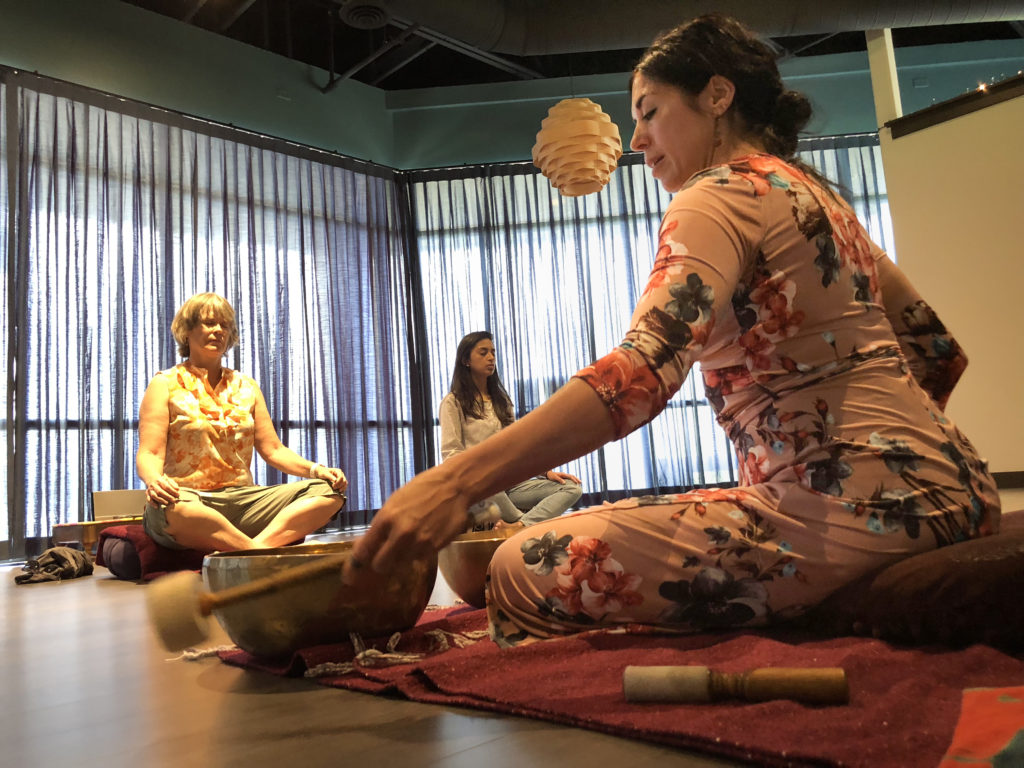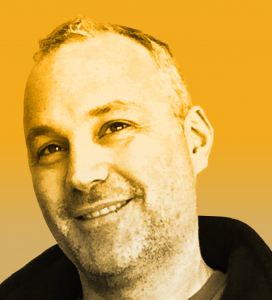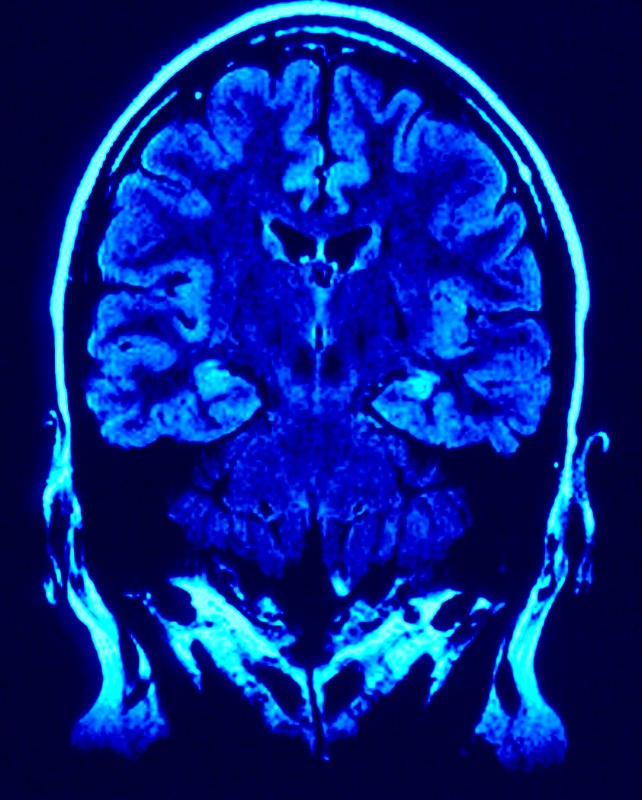A Future Vision that Shapes Today’s Behavior
Today’s blog is written by Malynn Utzinger, Director of Integrative Practices, and Tim Weitzel, ESI Architect.
In one of our earliest blogs, we shared one of our favorite parables about a stonecutter. it went as follows:
In medieval times, a traveler happens upon a stonemason and asks him, “What are you doing?” The stonemason says wearily, “I spend long, hard days cutting and laying stone.” Further down the traveler encounters a second stonemason and asks him the same question, “What are you doing?” This stonemason, more energetically, replies. “I’m building a wall. I am blessed to have work that allows me to support my family so well.” Again, walking on, the traveler encounters a third stonemason doing the same work as the previous two; yet this stonemason is beaming with life. When the traveler asks what he is doing, he spreads his arm wide and exclaims, “I am building a cathedral that will uplift countless lives for centuries to come!”

The last pillar of Emotional and Social Intelligence (ESI) Mastery that we explore in this three-part series is the importance of identifying a vision or writing a future story. This vision or story shapes how we behave so that we can live into it.
In short, stories drive our lives. However, too often, the wrong story causes us to become stuck in a version of reality that cuts us off from giving and receiving the best of ourselves and of life.
Continue reading “Three Pillars of ESI Mastery: Part Three”


 When Dave Romanin came to work for Promega he was fresh out of school with a degree in bacteriology. His plan was to work for a year in manufacturing and then go back to graduate school. But in the end, he didn’t go. There was no incentive, he explains, for him to spend five years in graduate school making little to no money. He didn’t want to write grants or run his own lab, and he enjoyed what he was doing.
When Dave Romanin came to work for Promega he was fresh out of school with a degree in bacteriology. His plan was to work for a year in manufacturing and then go back to graduate school. But in the end, he didn’t go. There was no incentive, he explains, for him to spend five years in graduate school making little to no money. He didn’t want to write grants or run his own lab, and he enjoyed what he was doing. As many Wisconsinites can attest, staying active in Wisconsin during the winter months can be incredibly challenging. Even walking from your car to the gym might cause your eyes to water and fingers to go numb from the cold. It is no wonder that when given the chance to snuggle up on a warm couch or to go for a run in the brisk weather this winter, I chose the former.
As many Wisconsinites can attest, staying active in Wisconsin during the winter months can be incredibly challenging. Even walking from your car to the gym might cause your eyes to water and fingers to go numb from the cold. It is no wonder that when given the chance to snuggle up on a warm couch or to go for a run in the brisk weather this winter, I chose the former.  When my my Mother’s sister, Pat, was seven years old, she was in a car-bicycle accident that resulted in some very serious brain trauma. She spent better than a year learning to walk and talk again, and although there were some lasting personality changes, she went on to earn a nursing degree and live an independent life. When I think of My Aunt Pat, I can’t help but marvel at what the human brain can do. Damaged brain tissue does not re-grow, but still the brain can find a way to rewire itself to circumvent damaged areas.
When my my Mother’s sister, Pat, was seven years old, she was in a car-bicycle accident that resulted in some very serious brain trauma. She spent better than a year learning to walk and talk again, and although there were some lasting personality changes, she went on to earn a nursing degree and live an independent life. When I think of My Aunt Pat, I can’t help but marvel at what the human brain can do. Damaged brain tissue does not re-grow, but still the brain can find a way to rewire itself to circumvent damaged areas.